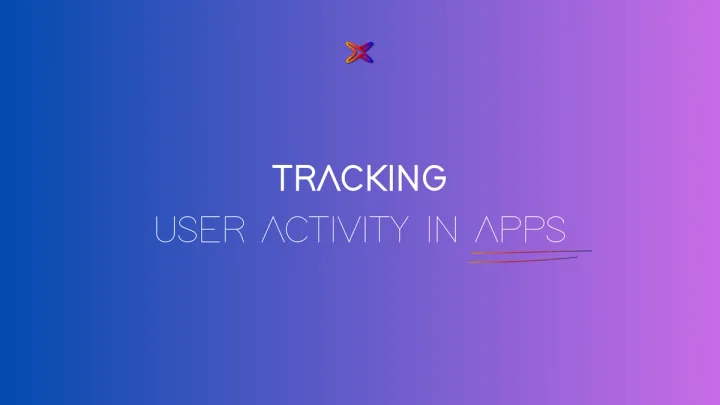revX · July 15, 2025
Why Tracking User Activity in Apps Is So Difficult

Marketers rely heavily on data to understand what users do inside mobile apps. The main issue is getting that data accurately is far harder than it seems. In-app tracking - the process of monitoring user actions within a mobile app - faces a number of technical and regulatory roadblocks that make it unreliable or inconsistent.
Unlike websites, which are relatively open environments, apps are closed systems. Each operating system (like Apple’s iOS or Google’s Android) sets its own rules for what data can be collected and how. These rules often change, which means marketers must constantly adjust how they measure user behaviour, and not all tools are able to keep up.
Privacy rules are also far stricter. With new laws like Europe’s GDPR and California’s CCPA, and changes by companies like Apple, users now have more control over what data they share. Many people opt out of tracking, which limits how much information apps can gather. For example, Apple’s App Tracking Transparency feature asks users whether they want to allow tracking. Most say no, which means marketers lose access to important data like the IDFA - a key tool for seeing where app installs come from.
Even when permissions are granted, technical issues can still cause problems. Apps use tracking tools called SDKs to collect data, but these can behave differently depending on the phone model, app version, or internet connection. Sometimes events (like a user signing up or making a purchase) are tracked at the wrong time, or not at all.
Additionally, different platforms and tools show different results. A marketer might look at data from Meta Ads, Firebase, and the App Store, and each one might tell a different story about the same user. This makes it hard to know which source is correct, or how to make decisions based on the data.
To end off, in-app tracking is difficult because of changing rules, technical limitations, and inconsistent tools. Marketers can still learn from the data, but they must do so with caution, treating insights as helpful hints rather than hard facts.
At revX, we’ve built a reporting system designed to overcome these challenges.
Our platform pulls data from multiple sources, media platforms, CRM systems, analytics dashboards, and app stores - and aligns it into one real-time view of performance. We cross-verify key metrics to highlight inconsistencies and help businesses see what’s actually working. By mapping every click to actual sales, not just installs or engagement, we help our clients avoid guesswork and focus on what truly drives revenue. In an environment where signals are noisy, our goal is simple: give you reporting that’s clear, accurate, and actionable.